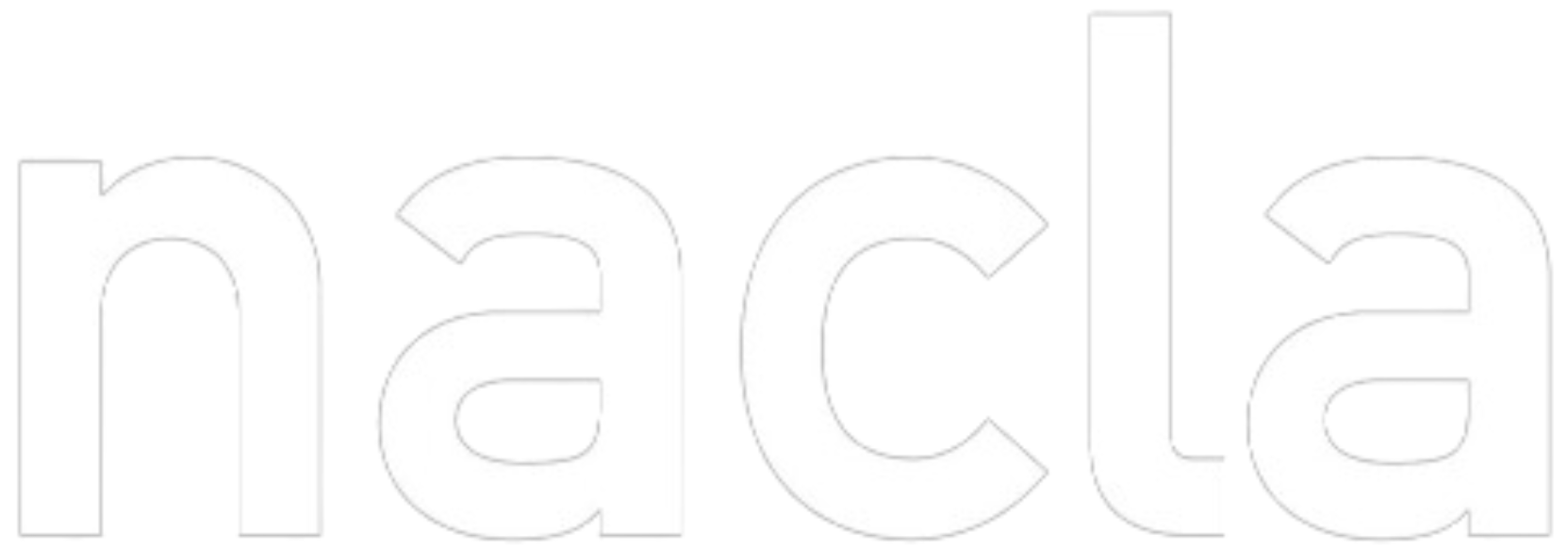The first general strike to hit Peru in nearly five years could not have come at a worse time for the beleaguered administration of President Alejandro Toledo. Since his inauguration in 2001, Toledo and his administration have faced a virtual train wreck of setbacksa paternity scandal, corruption charges, strikes, protests and states of emergency. Toledo has twice been forced by popular pressure to purge key Ministers from his Cabinet. His approval rating has lingered in the single digits for months.
Perus largest labor union, the General Confederation of Peruvian Workers (CGTP), held the 24-hour work stoppage on July 14 to petition for higher wages and to protest the administrations free-market economic policies. Participants also demanded that the government reject the U.S.-promoted Free Trade Area of the Americas (FTAA) and halt payments on the foreign debt. Many called for a Constituent Assembly to facilitate Toledos early removal from office. CGTP president Mario Huamán refrained from endorsing the latter demand, but noted that More than 85 percent of the population is demanding Toledo go, not me … the voice of the people is the word of God.”
Despite backing from the center-left American Popular Revolutionary Alliance (APRA) party of Toledos main political rival, the strike was not nearly as successful as CGTP leaders had projected. Miners, teachers and health workers joined the strike according to CGTP representatives, but participation was nowhere near the 80% worker turnout predicted by the union.
The government declared the strike illegal in the days before and said workers would be docked a days pay if they did not show up to work. Citing APRAs role, the Toledo administration declared the strike politically motivated and contrary to laws governing collective labor relations.
During and after the work stoppage, the Toledo administration dismissed the action saying only 2% of the workforce had responded to the CGTPs call. At one point, when asked about the strike, Minister of Production Alfonso Velásquez scoffed, What strike? Government preparations, however, reveal that it had taken the strike declaration rather seriously: the administration mobilized 93,000 police agents throughout the country, perhaps to prevent a repeat of the one-day riot that torched several buildings and injured 48 in the southern city of Ayacucho weeks before.
The government was also quick to allege that remnants of the Shining Path guerrilla group were trying to infiltrate protest organizations to incite violence, part of what political analyst Alberto Adrianzen referred to as the governments “absurd campaign to demonize the strike.”
Nonetheless, by and large the strike was peaceful with only some 76 arrests and six reported injuries. Demonstrators contained the expression of their anger to burning Toledo in effigy and holding a mock funeral for his government.
Both sides declared victory. Alan García, a former President and current head of the APRA party, said millions had participated throughout the country. The government, on the other hand, pointed to low numbers of participation as an indication that Peruvians did not support the strike nor, by extension, the APRA party or García.
In any case, García has gained the most from Toledos failures. Most polls already project that he will be the frontrunner for the 2006 elections. Ironically, Garcías previous administration (1985-1990) is widely held responsible for sending the country into the economic and political tailspin that brought about the quasi-dictatorial reign of Alberto Fujimori.
Calls for Toledos resignation abound. Most Peruvians believe he is indecisive when it comes to domestic policies and too acquiescent to multilateral lenders and the U.S. government in foreign policy. Many doubt he will be able to ride out his term.
ABOUT THE AUTHOR
Teo Ballvé is associate editor of the NACLA Report.

